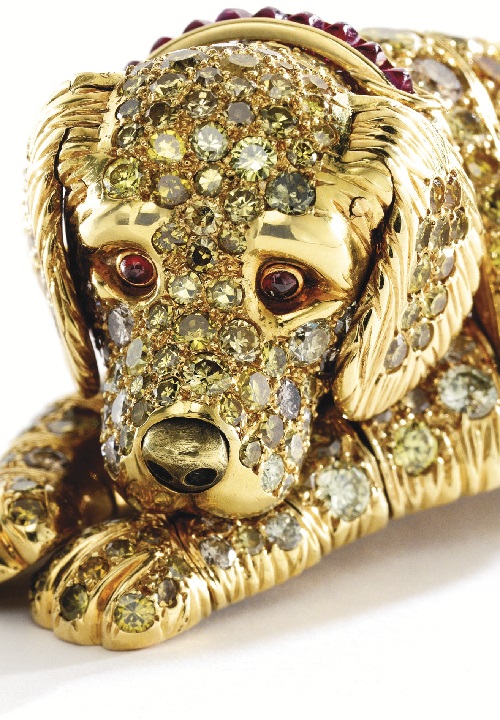Sacred Heart Jewellery
Sacred Heart Jewellery
The cult of the Sacred Heart as the center of all spiritual in man developed in the XIII century. The heart has been synonymous to the Sacred Heart of Jesus, in connection with which a wound on the body of Christ at the crucifixion moved from the right to the left side of the body. And Mary’s heart was displayed as pierced by seven swords of sorrow. She devoted herself and her country to the veneration of his heart, and established a Sacred Heart feast day.
It is understandable why the attention to the Heart of Christ arose at this time. In the XII century the widespread cult of veneration of the sacred humanity of Christ was accompanied by a strong interest to the events of his earthly life, the places related to these events, His suffering and the instruments of these sufferings.
Read more »






